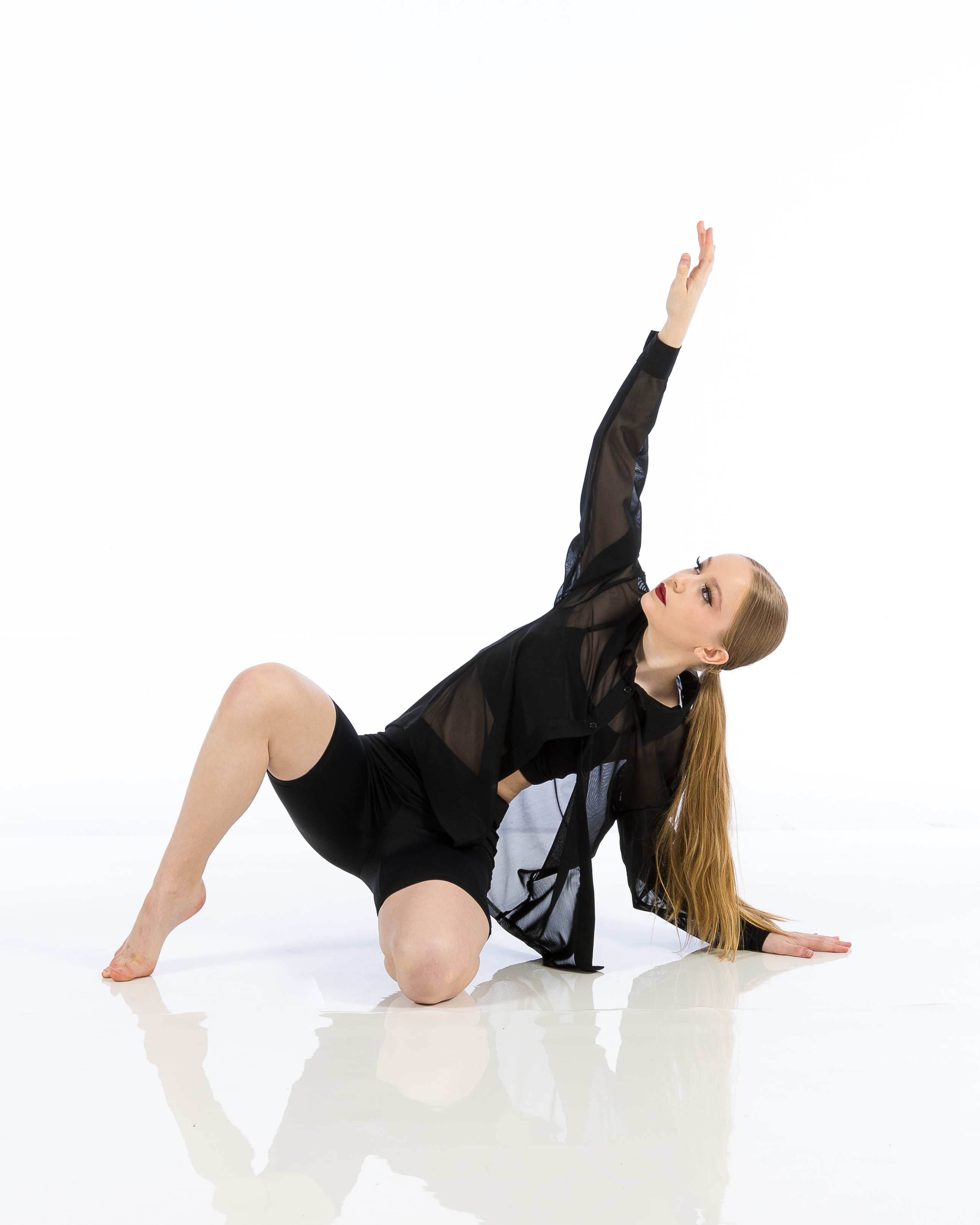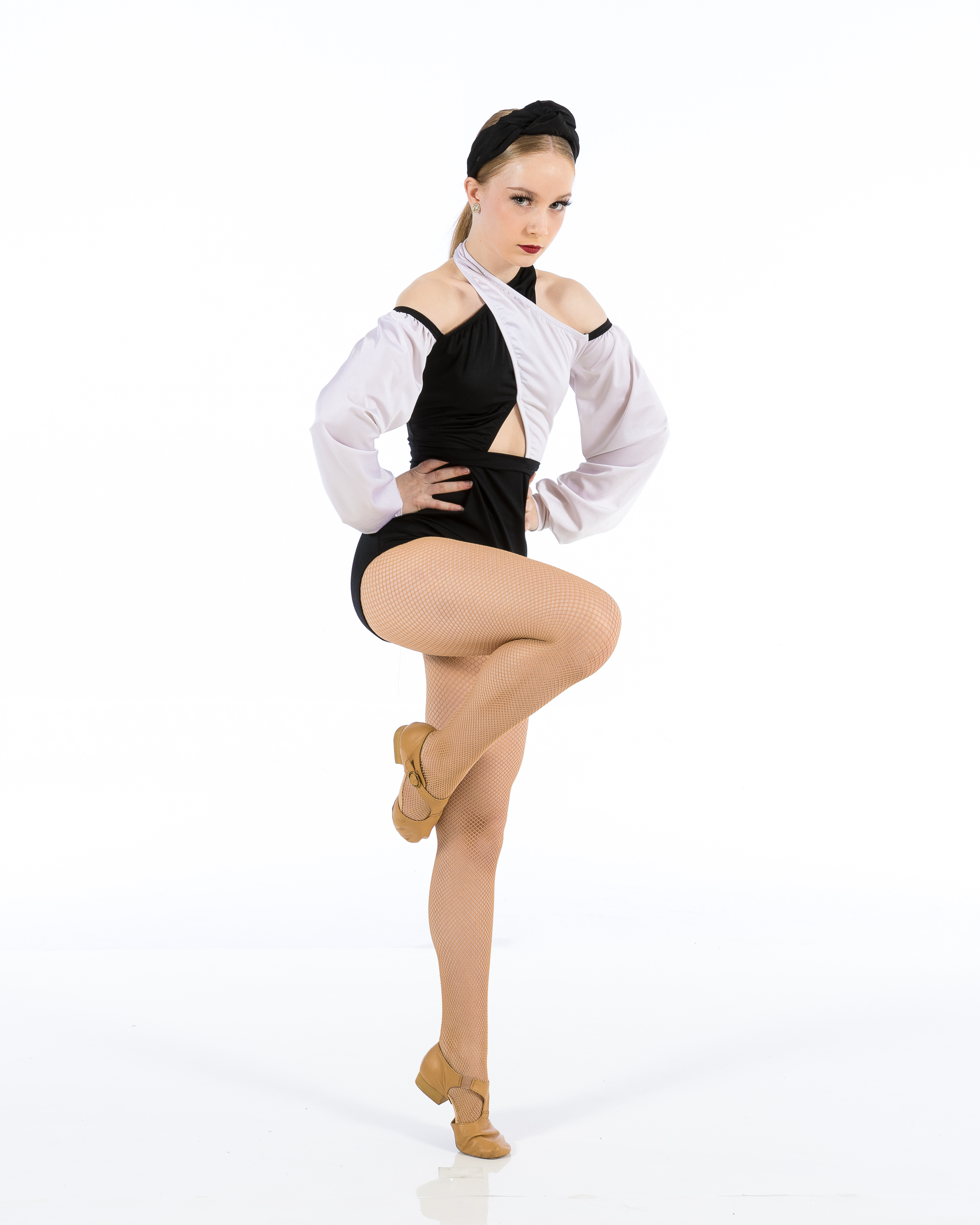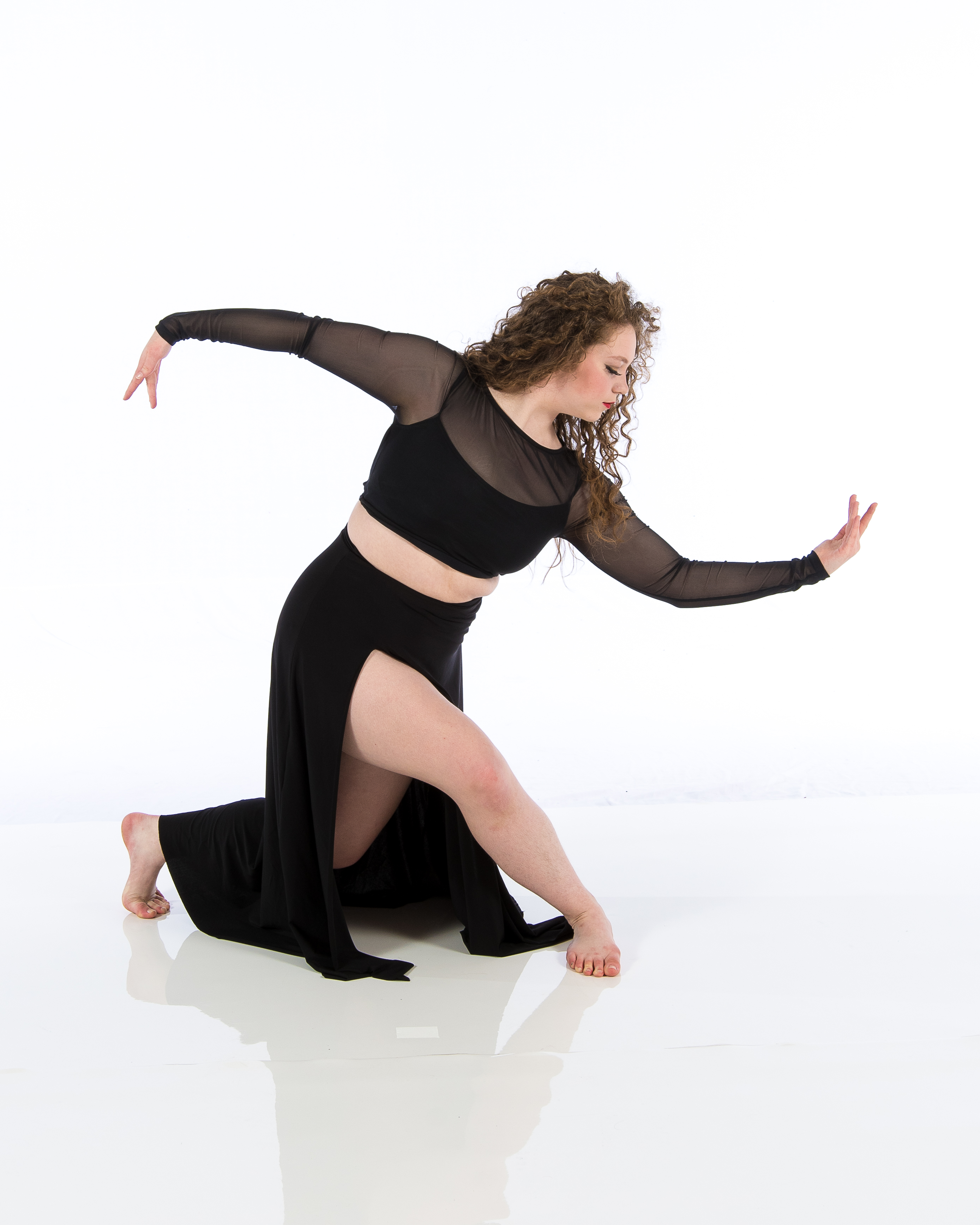Creating an inclusive space is essential in today's world, particularly in environments like dance studios and dance classes. It goes beyond simply welcoming individuals of varied backgrounds; it involves fostering an atmosphere where everyone feels valued, accepted, and empowered to express themselves freely. This article will delve into various strategies and approaches that can help create such an inclusive environment across different educational settings.
Understanding Inclusivity in Dance Studios
What Does Inclusivity Mean?
Inclusivity refers to the practice of ensuring that all individuals, regardless of their background, culture, or experience, feel welcomed and included. In a dance studio context, this means creating an environment where students from diverse racial, cultural, economic, and physical backgrounds can participate fully without barriers.
The Importance of Creating An Inclusive Space For All Backgrounds And Experiences In Every Class!
Why is inclusivity crucial in dance? Dance is a universal language that transcends borders and cultures. When we make our dance classes inclusive, we’re not only enriching the experience for every participant but also broadening the art form itself. A diverse group brings different perspectives that can enhance creativity and foster innovation.
Key Elements of an Inclusive Dance Studio
1. Understanding Diversity
Recognizing Different Backgrounds
In any given dance class, you might encounter students from various ethnicities, genders, abilities, and ages. Understanding these differences is the first step toward inclusivity.
Celebrating Cultural Differences
Encouraging students to share their cultural backgrounds during class can create a dynamic learning environment where everyone learns from one another.

2. Training Staff on Inclusivity Practices
Providing Workshops for Educators
Dance instructors should undergo training specifically focused on inclusivity in teaching practices. Workshops can help educators recognize unconscious biases and develop strategies for accommodating all students effectively.
Developing Empathy Among Educators
Empathetic teachers are better equipped to understand their students' needs and challenges. This understanding helps them adapt their teaching methods accordingly.
3. Curriculum Development with Inclusivity in Mind
Incorporating Diverse Dance Styles
Including various dance styles from around the world not only enriches the curriculum but also exposes students to different cultural expressions within movement.
Adapting Lesson Plans for Different Learning Styles
Not every student learns the same way; some might be visual learners while others may prefer auditory instruction. Adapting lesson plans accordingly ensures that all students Dance information have a fair chance to excel.
Creating A Welcoming Environment in Your Dance Studio
4. Physical Space Matters
Accessibility Features for All Students
Ensure that your dance studio is physically accessible to everyone. This might include ramps for wheelchairs or designated spaces for visually impaired dancers.
Creating a Comfortable Atmosphere
A welcoming decor with vibrant colors and inspirational quotes can make a significant difference in how students feel when they enter your studio.
5. Open Communication Channels
Establishing Feedback Mechanisms
Encourage students to express their thoughts about the class environment openly—this could be through anonymous surveys or regular check-ins during class.
Listening Actively
When feedback is given, it's crucial to listen actively and take necessary actions based on what you hear.

Engaging with Students: Building Relationships and Community
6. Fostering Peer Support Systems
Buddy Systems in Dance Classes
Pairing experienced dancers with beginners fosters mentorship opportunities while building friendships across skill levels.
Group Projects or Performances
Encouraging collaborative performances allows students to work together toward common goals while learning from each other’s strengths.
Addressing Challenges in Inclusivity
7. Recognizing Biases Within Classes
Identifying Unconscious Biases
Educators should examine their own biases that may affect how they interact with students.
Mitigating Negative Behaviors Among Peers
Implement clear policies against bullying or exclusionary behaviors within the studio setting.
Creating An Inclusive Space For All Backgrounds And Experiences In Every Class!
Creating An Inclusive Space For All Backgrounds And Experiences In Every Class! is not merely about tolerance; it embodies acceptance and celebration of diversity within each session of your dance class. It requires intentionality—designing classes that embrace various abilities, experiences, and cultures while continually assessing how well those intentions translate into practice.

FAQs about Inclusivity in Dance Classes
1. What are some signs of a non-inclusive dance studio?
Non-inclusive environments often exhibit signs like lack of diversity among staff or participants, negative peer interactions (bullying), or failure to accommodate special needs.
2. How can I promote inclusivity among my peers?
You can promote inclusivity by being respectful towards everyone's differences—encouraging open discussions about experiences while standing against discrimination whenever it occurs.
3. Can inclusivity improve performance in dance classes?
Absolutely! When dancers feel accepted and valued within their community, they're more likely to engage wholeheartedly leading them towards improved performance outcomes.
4. What resources are available for learning about inclusivity?
There are many online courses focusing on diversity training as well as books addressing inclusion practices specifically tailored for educational environments like dance studios.
5. How do I handle conflict arising from differences in backgrounds?
It’s Dance Academy essential first to listen empathetically before mediating conflicts fairly—encouraging dialogue between parties involved allows everyone a chance to express themselves adequately.
6. What role do parents play in promoting inclusivity at home?
Parents can reinforce lessons learned about acceptance by discussing diversity openly at home encouraging children always be kind even when faced with differences!
Conclusion
Creating An Inclusive Space For All Backgrounds And Experiences In Every Class! isn’t just a noble goal—it’s an actionable necessity if we hope to cultivate future generations who appreciate diversity as part of human existence itself! By implementing thoughtful strategies throughout our dance studios—from curriculum design down through interpersonal dynamics—we’ll ensure every dancer feels seen valued heard celebrated! Let’s put these ideas into motion because every child deserves space where they belong—and what better place than on the dance floor?